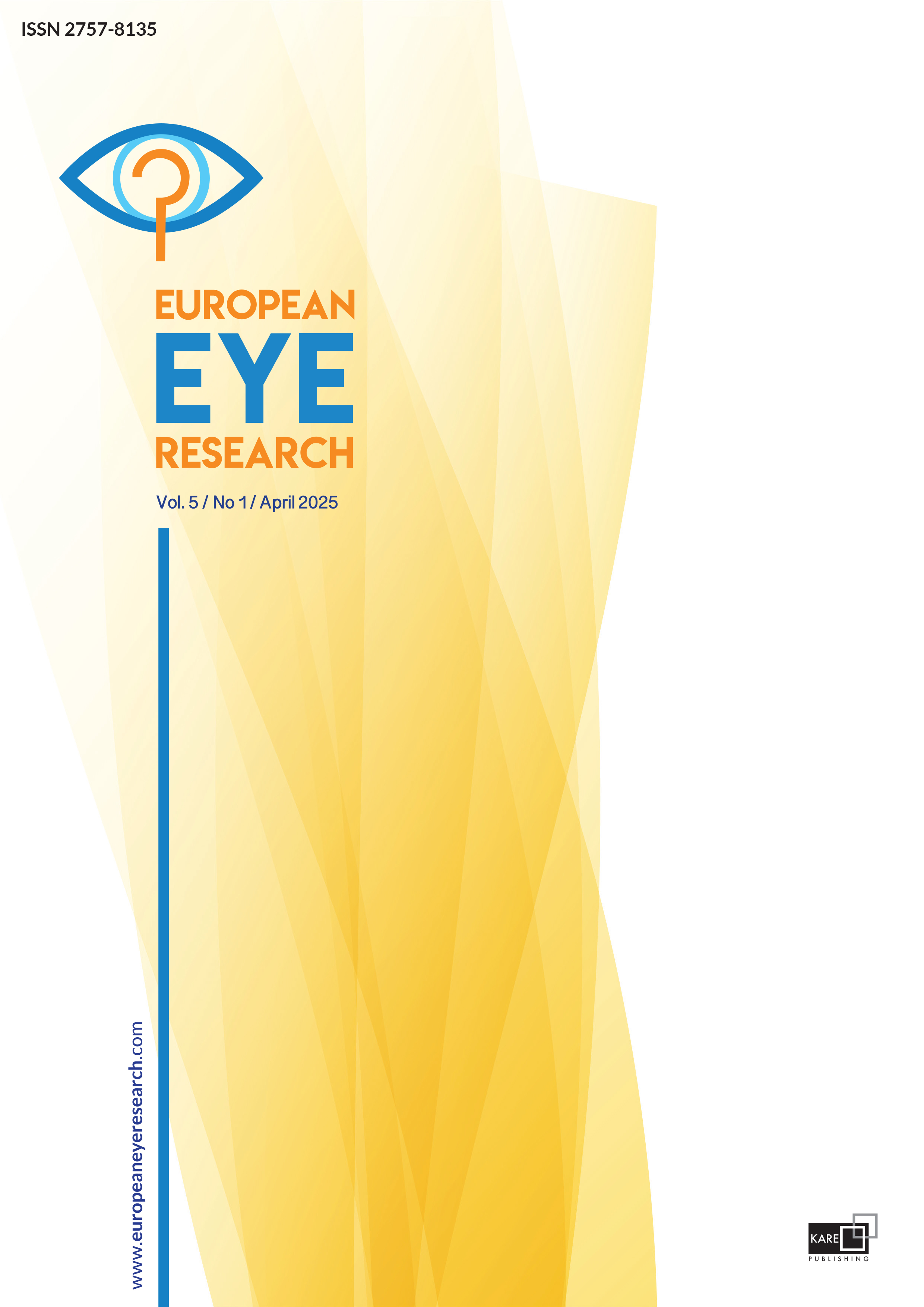

Pearl necklace sign and other optical coherence tomography findings in retinal vein occlusion at the first visit
Ezgi Karatas1, Sefik Can Ipek2, Kivanc Kasal3, Ali Osman Saatci41Department of Ophthalmology, Agri Ibrahim Cecen University Hospital, Agri, Türkiye2Department of Ophthalmology, Goz Akademi Hospital, Mugla, Türkiye
3Department of Ophthalmology, Susurluk Public Hospital, Balikesir, Türkiye
4Department of Ophthalmology, Dokuz Eylul University Hospital, Izmir, Türkiye
PURPOSE: In patients with retinal vein occlusion (RVO), the presence of pearl necklace sign is often overlooked; however, this sign should be sought among optical coherence tomography (OCT) findings. Our aim is to evaluate retrospectively the presence of pearl necklace sign and other OCT (findings in patients with RVO at their first visit. Furthermore, to reveal any association between pearl necklace sign and other OCT findings.
METHODS: In this retrospective cross-sectional study, OCT features of the patients with RVO who were examined between 2009 and 2019 were analyzed. Only the OCT findings at the first visit were taken into consideration. Both treatment-naïve patients and patients previously treated elsewhere were included in the study. OCT findings, particularly the pearl necklace sign (circular localization of the hyperreflective dots (HRDs) around the inner retinal cyst wall or the sensory retinal detach-ment wall) were looked for.
RESULTS: The study population was 100 eyes of 100 patients with RVO. The pearl necklace sign was found in 20 of 100 eyes with RVO (20%). The presence of the pearl necklace sign and serous retinal detachment had a statistically significant con-nection (P = 0.026). Moreover, the pearl necklace sign group was shown to have statistically higher HRDs than the other groups (P = 0.002).
CONCLUSION: Even though the common OCT findings were meticulously elaborated in many of the previous studies, pearl necklace sign has not been particularly looked for in eyes with RVO. Overall, pearl necklace sign was present in 20% of 100 patients with RVO in this single-visit OCT study. This ratio makes us think that the pearl necklace sign actually accompanies RVO more often than previously thought.
Manuscript Language: English



